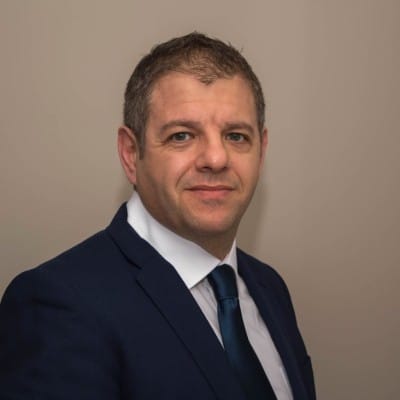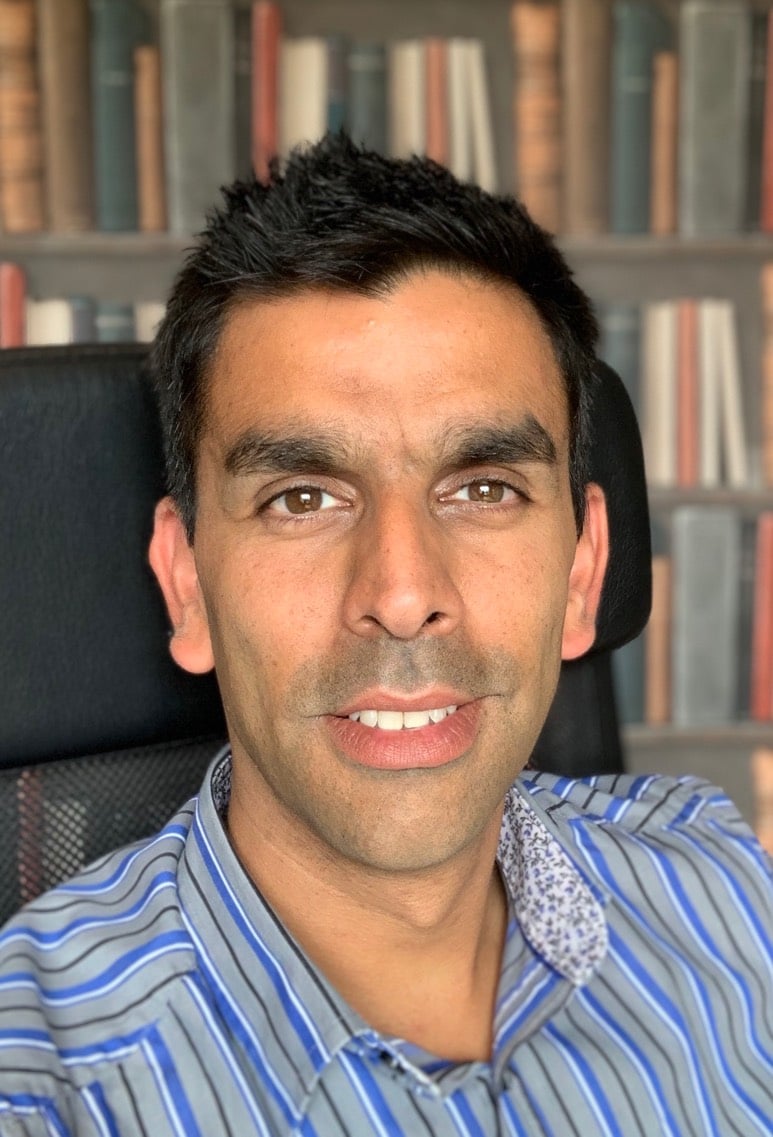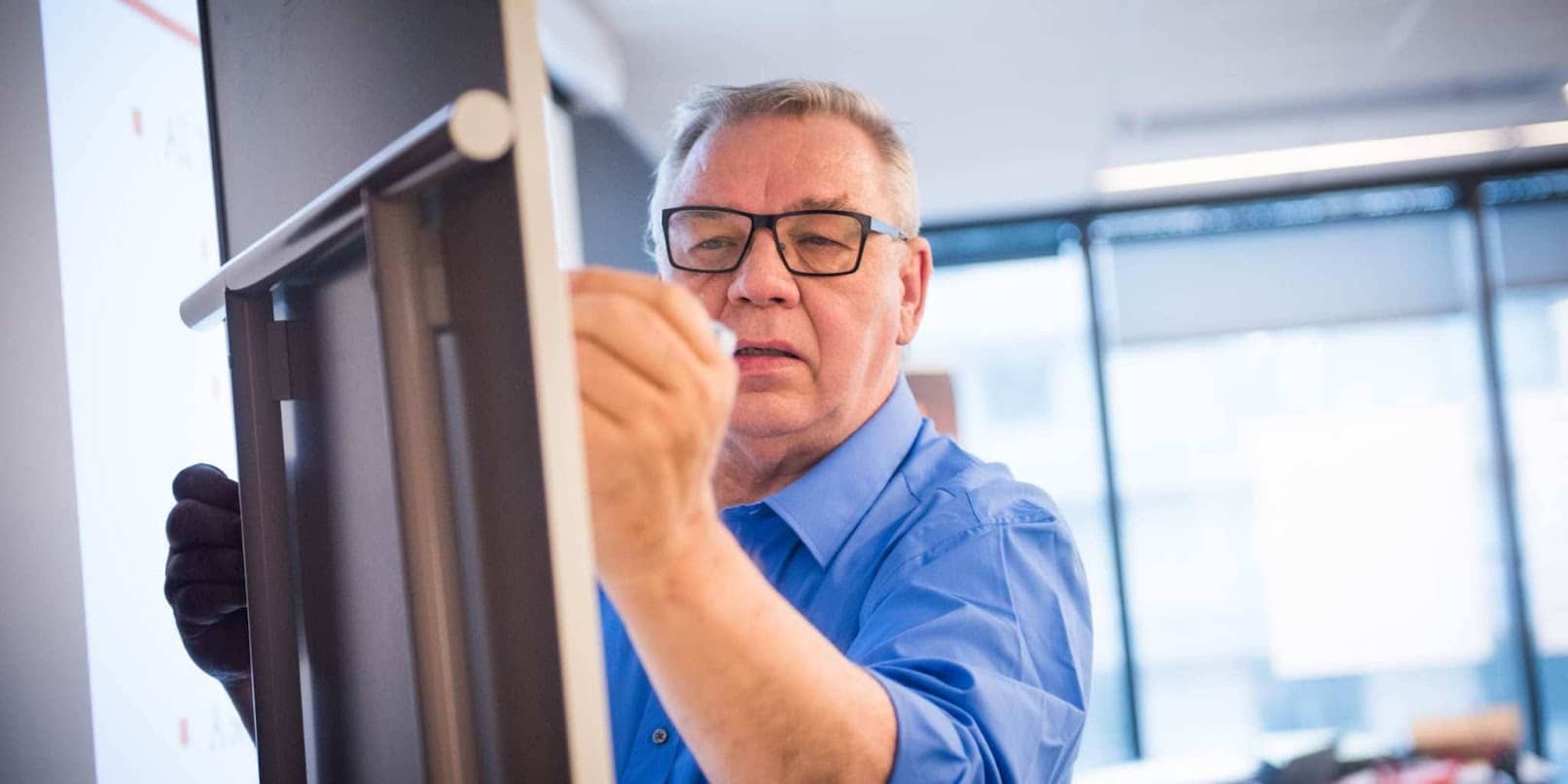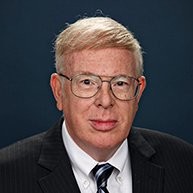Success Stories
FROM CHALLENGED PROJECT
TO SUCCESSFUL DELIVERY
I joined a large radiology upgrade project on almost ten hospitals near London, England. Several PMs had unsuccessfully tried to deliver the project. To begin with, the communication with the Client was difficult. The Client had lost confidence in PMs in the past, and the momentum of the upgrade ever coming true was lost.
There is no doubt that a critical project like this does not become critical due to a single reason, a single person, or a single incident. It becomes critical due to a lot of factors – but without trusting each other, there is no momentum to succeed.
Using a Hybrid approach with sprint planning and increased focus on documentation and communication, I managed to establish trust and create a vivid momentum between the Client’s teams and the Delivery organization teams.
The other critical aspect was the size and complexity of the project, which rather was a program. By breaking down the scope into smaller components, the advantages of smaller teams of resources, such as more focused and efficient meetings and communication, were obtained. The project was turned around, and all components were delivered within 1,5 years – including additional changes that brought value to end-users and revenue to the delivery organization.
The hybrid method and breaking it down into components meant that improvements were more perceptible, the scope was agreed upon, and acceptance was made on a lower level. The difference between handling small incremental steps instead of an overwhelming timeline will always have a positive outcome.
The takeaway – Celebrate small Successes and gain big accomplishments!
CRITICAL GO-LIVE
DURING A COVID LOCKDOWN
A lot of work can be done remotely. During the last 20 years, my work has primarily been remote – but I have always felt that I needed to be on-site during Go-live. That was changed during the Covid Lockdown. I had a project in England with a critical go-live for a central client of the delivery organization I worked with.
I have always thought that part of a successful go-live was to try to eliminate as many unknown risks as possible. To have a detailed workplan that specified almost EVERYTHING that needed to be done – or specified steps with references to detailed installation instructions, was essential for me. It was equally important in the planning of a go-live to listen to all stakeholders. All planning was done remotely with several iterations of meetings with all stakeholders – from technical staff to Users. During the process, it was seen as a bit of micromanagement, but it was important for me to identify any possible risks before the go-live rather than during go-live. Communicating this was crucial during the planning.
Due to the Covid situation, the planning included an assessment of as few personnel on-site at the hospitals as possible. Because it was a healthcare project in a major hospital, it was even more crucial that the number of people on-site was at a minimum. The assessment also needed to include both delivery and client resources. One of the people that did not have to be on-site was the Project Manager – aka me. Therefore, I set up the PC in my summerhouse – ready to be online with no interruptions when on-site people were at the hospital.
It brought a whole new dynamic. The on-site team could be free to move around in the hospital and do their part. If they needed to report status, issues, raise the help flag or anything else, they knew I and other technical staff were in the teams meeting, ready to talk or chat with them. On-site resources could join the meeting whenever they needed any input from the other resources, no matter where they were. On-site staff did not have to run around to find us since we were online. That caused a minimum of interruptions for the on-site staff. During the day, we had several planned shared checkpoint meetings. All issues were documented by me as part of my control and monitoring in a backlog using a type of ‘agile board for go-live’. All items were discussed at the checkpoints meetings and moved to the next step in the backlog or closed.
The feedback from on-site staff, off-site staff and the Client was that it was one of the most successful go-lives they had ever experienced. The planning was spot on. The execution was excellent. Issues and obstacles were removed quickly. We had good communication. Backlog and checkpoints meetings worked perfectly. Another key to the success, I have to say, was the Project Manager on the Client site. She was an excellent PM and an extraordinary resource on-site during the go-live. Always calm and focused on delivering the part that is so important to receive from the Client: ‘A client/user perspective on quality and functionality’.
The takeaway – Work as a united team to remove obstacles and succeed!
MARKET ANALYSIS AND FACILITATING WORKSHOP
To analyze the current situation of digitilization on usage of software and create a recommendation for a future-proof strategy for vendor selection, estimates and budget require input from all stakeholders. For this assignment I used a lot of my skills and experience.
When your next steps in the digitalization of your business are uncertain, it is essential to have a high-level plan of what direction you want to go on your future journey. A Market Analysis Workshop and Report can help you get that.
In Q1 of 2023, I helped a region in Denmark to get that perspective within Radiology – to create a Market Analysis plan including a view of the current situation and dreams about the future that would enable a robust but also future-proof strategy for the software portfolio. In this project, I used many of my skills to help the region and answer the questions they had right now.
I kicked off the analysis with a facilitated workshop with IT personal, End users such as Radiology resources, and Clinic personal. A group that is seldom together for more than short meetings. I used a combination of Lego Serious Play and Agile methods to gather information on the current situation and future goals and priorities. This workshop was extremely well received, even though some participants were a bit skeptical about playing Lego in the beginning. After a concise introduction, we started with goals for the workshop, and by the end of the half-day workshop, I had all the information I needed to complete my task.
In my report, I included an overview of the current portfolio and business processes within the area of Radiology. An analysis of the current scale and capacity and perspective of expected growth. A comparison against the other regions in Denmark within Radiology. A vendor evaluation. In addition, I added recommendations about contract negotiation, budget, and required resources to support the project from a Client and Vendor perspective.
This type of analysis is only possible by combining my software contracts, estimation, project management, and business analysis skills with my ability to analyze and communicate with different stakeholders quickly.
The takeaway – Only when you gather information from all stakeholders –do recommendations fit everybody’s needs!
Please get in touch with us if you don’t find what you are looking for. Maybe your needs and questions are the first steps to innovation.![]()
What People Say
Testimonials
Testimonials from Clients or Peers of IPbyGreen.






